What is the Best Time to Visit Kenya for a Safari?
What is the best time to visit Kenya? Let’s get one thing straight – planning a trip to Kenya for a safari and beach is not just about the right spots to visit, but also the perfect timing. But don’t worry! We’re here to crack this nut for you. Keep reading because this could be the most fun you’ll have in ‘planning’ mode. This is not ‘rocket science’, my friend. It’s Kenya, the ultimate playground of Mother Nature!
Let’s find out what is the best time to visit Kenya, shall we?
Understanding Kenya’s Climate for Safari and Beach
The Dry Season: Best Time to Visit Kenya
You might be wondering, when is the dry season in Kenya? Well, it runs from July to October and late December to March. During these periods, the animals crowd around water sources making this a big win for you to see these critters up close. Less rain means clearer trails and fewer mosquitos! So worry less about muddy shoes and bug bites!
- July-October: A bit cooler, ranging from 80°F during the day and 60°F at night. Perfect for those who want to take it easy while on safari.
- December-March: Known as the short dry season. It’s hotter with temperatures reaching 90°F in the afternoon. Good news, the warm weather leads to thinner vegetation allowing you to spot more animals.
Keep in mind, the clear skies during the dry season also mean stunning views of the stars at night. But everything comes with a flip side, right? The dry season also attracts more tourists. So if you’re not a fan of crowds, you may want to choose a different time to visit.
The Wet Season: An Opportunity to Experience Kenya’s Lush Landscapes
If you’re a fan of lush landscapes and greenery, Kenya’s wet season might be the best time for you to visit Kenya. Ranging from mid-March to June (long rains) and November to December (short rains), it’s a time when Kenya shows off its fresh side, and the wildlife comes alive.
It’s like having a front-row seat to nature’s spectacle. The park landscapes burst with greenery, the morning air is crisp, and the sights are simply out of this world. To top it all, you can count on fewer tourists wandering around. Suddenly, the typically popular parks feel like your private playground!
Yes, there may be a bit of rain, but it usually comes in short, sharp bursts in the afternoon or overnight. It’s rarely enough to spoil your holiday. You may even find the cooler temperatures and well-watered wildlife quite enjoyable.
Birdwatchers, keep your binoculars handy. Migratory bird species flock to the parks, making them a paradise for bird enthusiasts.
Avoiding the Crowds: Lesser-known Best Times to Visit Kenya
While most people flock to Kenya during the dry season, you can still have an amazing experience at other times. The secret here is to know when to visit when it’s not too crowded. Don’t worry, we’ve got the scoop for you.
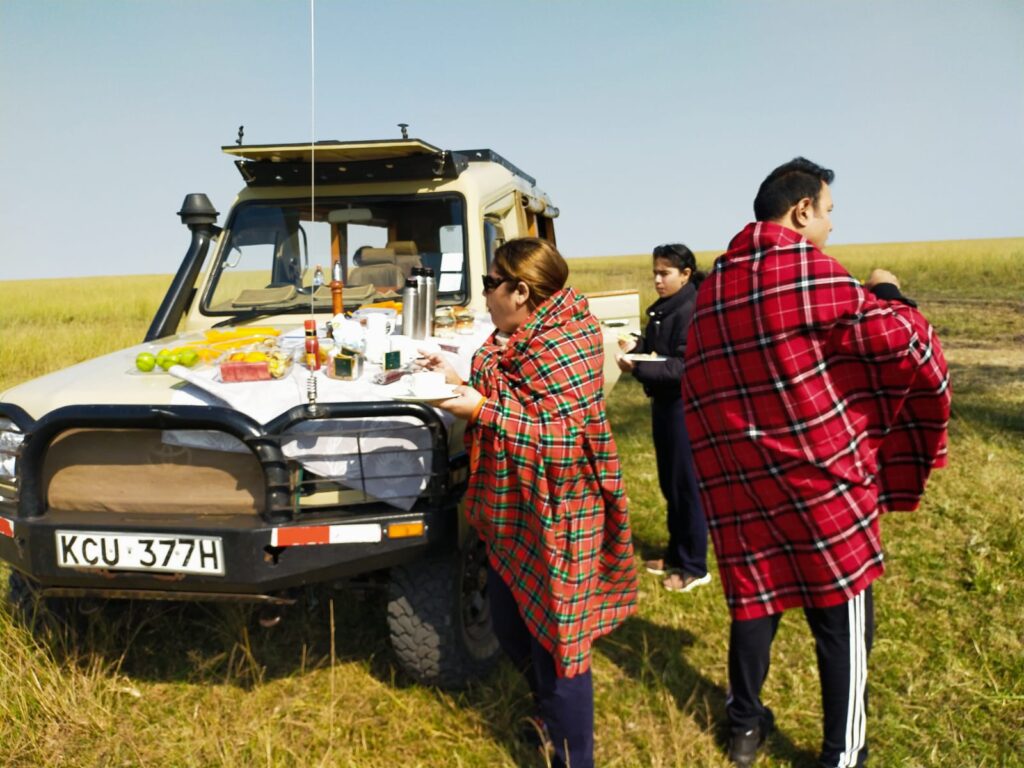
So, November to March is usually less crowded. Yeah, you heard that right. Fewer tourists mean you get more uninterrupted time enjoying the wildlife and captivating landscapes without the “look here, snap there” of too many cameras around.
Besides, less tourist traffic isn’t always a bad thing. It might even get you better deals on safari and accommodation prices, so your wallet also gets to take a breather.
However, for those with a strong dislike for rain, the short dry spell between January and February might be more to your liking. The plains will be dotted with newborn wildlife during this period, offering a unique, heart-warming spectacle. Wildlife is also easier to spot as they tend to gather around the remaining water sources. Talk about getting the front row every time! Just make sure you book your trip early enough!
Planning Your Safari: Essential Factors to Consider
When planning your safari in Kenya, there are certain factors that you should consider for a smooth and enjoyable experience.
- Time of Year: As we’ve mentioned, the time of year is crucial. Dry periods such as June to October and December to March offer the best wildlife viewing. The lack of rain means animals gather around predictable water sources, preparing a stage for intriguing wildlife encounters.
- Your Interests: Are you in Kenya mainly for the wild animals, bird watching, or specific sights like the Great Migration? Your interests are key in deciding where and when to go. For instance, for the Great Migration, the Maasai Mara between July and October is your best time to visit Kenya.
- Accommodation: You have a choice from basic campsites to high-end luxury lodges. Your budget and prefered experience will dictate where you stay. But remember, booking early can get you better deals.
- Stay Duration: The length of your safari will also influence your itinerary. If you have a few days, focus on one area. If you have more time, delve into more diverse ecosystems.
- Guided Tours or Self-Drive: Would you prefer to drive yourself around or have a local guide lead your safari? Guided tours offer more insight, but self-drives give more freedom.
Combining Safari and Beach: Finding the Perfect Balance
Kenya is a fantastic double-threat when it comes to vacation planning. Not only is it home to some of the world’s most remarkable safari experiences, it also offers pristine beaches where you can relax and enjoy the sun. But how can you get the most out of both? Here’s a bit of advice.
First thing’s first: your safari. Because the best time to hit the parks is during the dry months of June through October and January to February, planning your safari portion of the trip for one of these periods is key. Remember, the animals will be easier to spot when there’s less vegetation and they’re drawn to water sources.
Next, the beach. Kenya’s coast is beautiful year-round, but it really shines from October to March when the weather is at its best – think less rain and more sun. So, if you can, try to time your beach break for the later part of the dry season, like February or March.
Here’s a bonus tip: you might be tempted to first bask in the beach sun, then head out to the dusty safari. Flipping that around could save you from having to pack twice for two completely different climates.
Balance is everything. You don’t want to spend your entire vacation gazing at wildlife through binoculars, do you? Mix things up a bit. Spend mornings exploring the wild, then kick back in the afternoon by the beach, cocktail in hand. Now that’s wisely spending your Kenyan holiday.
Exploring Kenya’s Beaches
If tossing sand in your toes rather than kicking up safari dust sounds more your speed, Kenya’s coast may be the sweet escape you’re after. Holding plenty of promise for sun-seekers, Kenya’s beaches offer warm azure waters of the Indian Ocean, white sandy beaches, and plenty of opportunities for watersports whether you fancy snorkeling, diving or simply swimming.
The South Coast has Diani Beach, a spot that often finds its way onto lists of the world’s best beaches. Diani is a star because it’s not only about lazing on the beach, there’s an underwater world teeming with life for divers and snorkelers to discover. Back on land, take a walk to the nearby Shimba Hills National Reserve.
Heading North, Watamu is a beach spot worth checking out. Here, you’ll find a marine national park with coral gardens perfect for snorkeling.
Then there’s Lamu Island, a UNESCO World Heritage site with architecture that reflects its rich history. It’s the perfect place to catch your breath after a few demanding days on safari.
When it comes to the best time to visit Kenya for beach, December to March and July to October are good periods. But remember, nature has its own timetable and climate change continues to blur the lines of travel seasons around the world.
Exploring Kenya’s National Parks
Kenya boasts more than 50 national parks and reserves, each with its own unique ecosystem. Whether you are looking for dense forests, sprawling savannahs, or even deserts, Kenya has it all! And let’s not forget the rich wildlife. Kenya is home to the big five – lion, elephant, buffalo, leopard and rhino. So, are you excited yet? Let’s dive deep in!
The Maasai Mara National Reserve is top of mind for most. Why? It plays host to the Great Migration. This is where thousands of wildebeests, zebras and gazelles move in search of fresh pastures each year. Picture this. You, in a safari jeep, surrounded by a sea of animals. That’s Maasai Mara for you!
Now, let’s shift gears and head to Amboseli National Park. What’s the selling point here? The best views of Mount Kilimanjaro, Africa’s highest peak, outside of Tanzania. Plus, it’s packed with elephants. If you’re an elephant lover, this one’s a no-brainer!
Tsavo National Park is another place to see. It’s Kenya’s largest park, so get ready for a rugged wilderness experience. It’s less crowded too. So, you can enjoy your safari without the trial of other jeeps chasing the same pride of lions.
Lake Nakuru National Park is truly special. Get this – it’s home to thousands of pink flamingoes. That’s right. Pink. Flamingoes. Don’t miss this visual treat!
In case you’re wondering, these are just the big names. Kenya has plenty more to offer! Here’s a challenge for you. Why not make it your mission to explore as many parks as possible?
Budget-Friendly Options: Making Your Kenya Safari and Beach Affordable
There are ways you can enjoy Kenya’s safari and beaches without burning a hole in your pocket.
First of all, consider the time of your visit. While the dry season (June to October) is the best time to spot wildlife, it’s also the time when prices skyrocket due to high demand. If you’re flexible with dates, consider visiting during the short rains (November and December) or long rains (March to June). Yes, it might be more challenging to spot wildlife due to thick vegetation and muddy roads, but the prices are significantly lower, and the scenery is greener than ever!
Here’s another trick. Instead of booking luxurious private tours, go for group safaris. Sharing expenses can significantly reduce costs. Remember, the more, the merrier.
Also, keep in mind that not all parks are created equal. For instance, the Maasai Mara National Reserve has a higher entrance fee compared to other parks like Tsavo or Amboseli. Then again, the density of wildlife in Maasai Mara is higher, so you’ll need to weigh the pros and cons.
Finally, for beach visits, choose accommodation wisely. A seafront resort might offer stunning views, but it will also charge you for those views! You’ll find more budget-friendly options a little further from the beach.
A Kenya visit doesn’t need to cost an arm and a leg. With smart planning and some trade-offs, you can enjoy a memorable safari and beach experience that won’t break the bank.
Frequently Asked Questions
- When is the best time for a Safari in Kenya?
The best time for a Safari in Kenya is during the dry months of July to October and January to February. Wildlife is easier to spot because animals gather around the limited water sources. - Which is the best period to hit the beach in Kenya?
To catch some sun, consider visiting Kenyan beaches between January and February or July and October. These periods maximize your chances of getting clear, sunny days. - Are there benefits of visiting Kenya during the wet season?
Yes! Prices are usually lower. The landscapes burst into life, showcasing a canvas of greenery. Plus, it’s a birdwatcher’s paradise, as migratory birds are plentiful. - Is it safe to visit Kenya?
Generally, it is safe to visit Kenya. Like any place, it’s good to take standard safety measures, such as not displaying valuable items in public and avoiding walking at night in poorly lit areas.



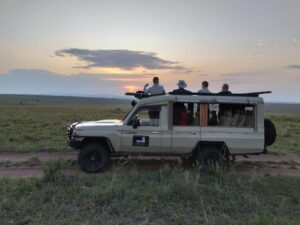

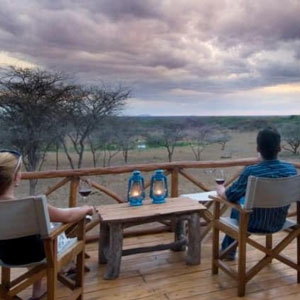
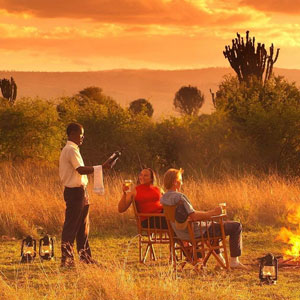
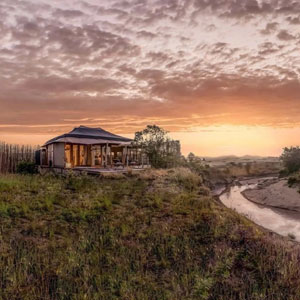
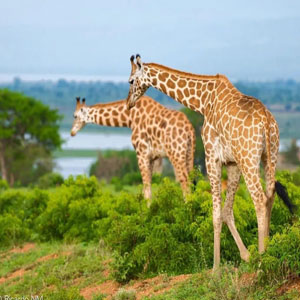
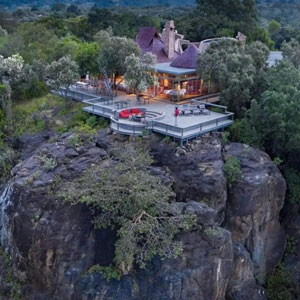














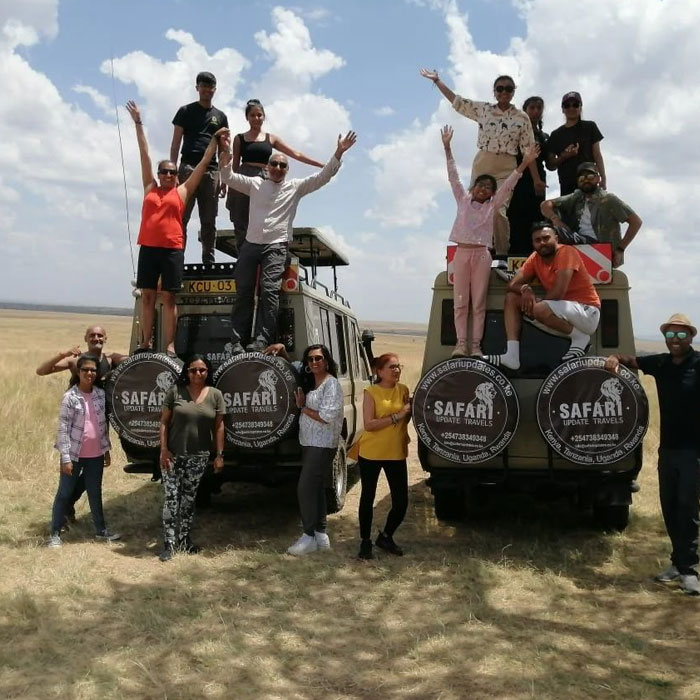
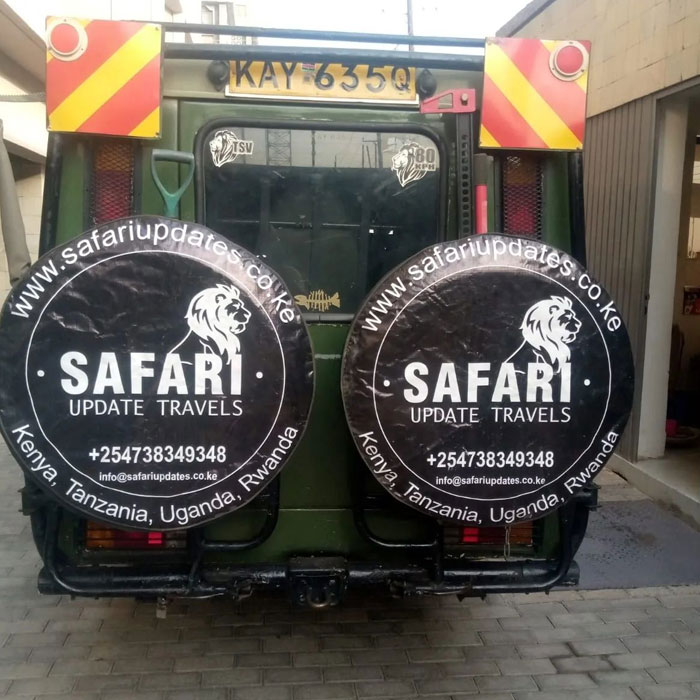
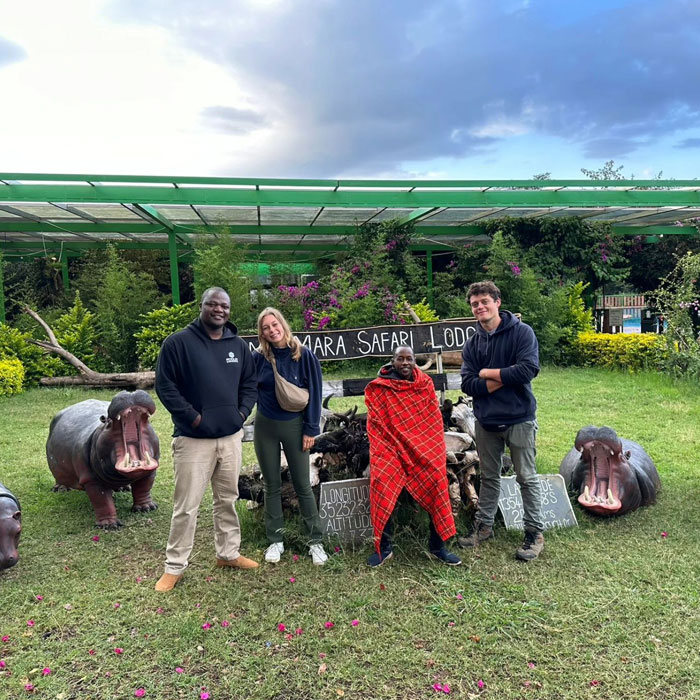
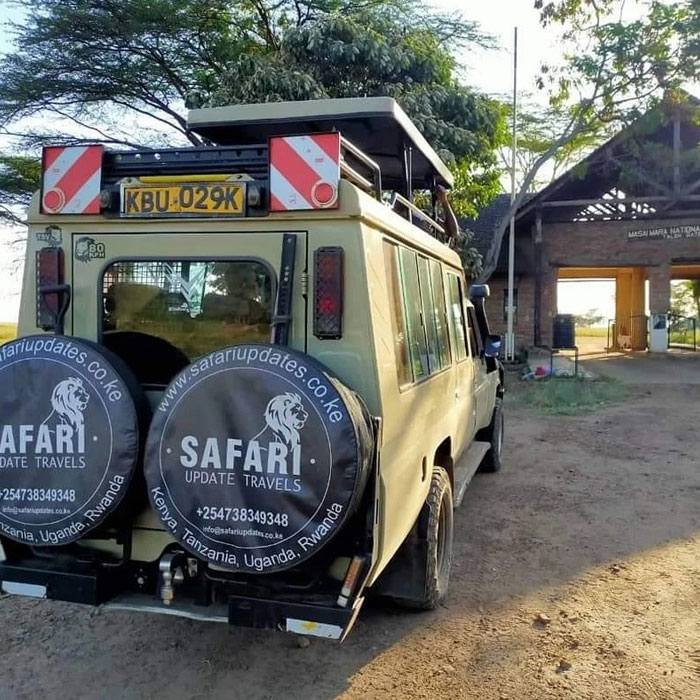
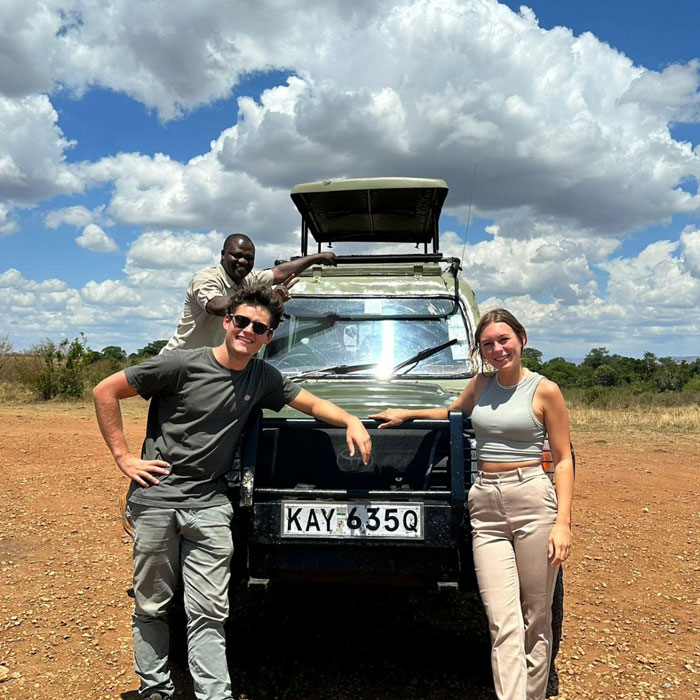
Showing 0 comments